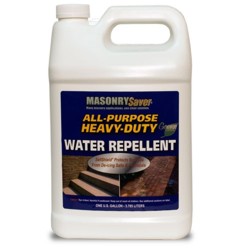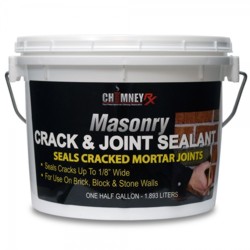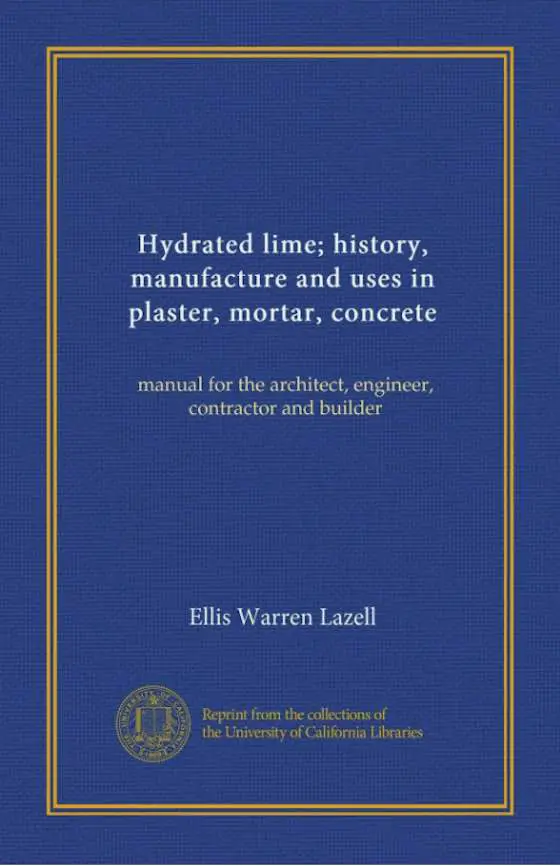The following data should help you quickly identify a winner adhesive. If you are looking for a true waterproof glue check the label to make sure it says "Type I". If you see this on the label it is your assurance that the glue is, in fact, 100 percent waterproof. Many of the urethane glues say they are waterproof but most of them are Type II glues. This means that they are very water resistive. To get a Type II rating, a glued joint needs to survive being immersed in water for 4 hours and then dried out for 19 hours at 120 F. If the joint survives this abuse 3 times in a row, it gets the classification. Epoxies are extremely waterproof. Use these if you really want a waterproof joint. However, epoxies are very material specific. In other words, get the right epoxy for the material you are working with. The labeling will often tell you the limitations of the product.
Click here to watch Tim's video on Wood Glue. (Editor's Note: Check out Tim's May 4, 2011 Newsletter for a great tip when working with wood glue and you have some left over.
It is really important to note that the glues themselves are not intended to act as a structural joint. In other words, when you weld metal, the weld itself can have equal or sometimes greater strength than the metal that is welded. Glue doesn't work that way. If you have gaps in the pieces that are being joined and you fill these with glue to make up for your poor workmanship, the glue will not be as strong as the wood, plastic, or whatever. Make sure the pieces fit well before attempting to apply the glue. In fact, if you are gluing something that will require clamping, figure out and test your clamping setup BEFORE you apply the glue. If you fumble around trying to look for clamps, or try to adjust slipping clamps, the glue can set up and your joint will be destined to failure. This message comes to you from the voice of experience.
| Waterproof | Strength Pounds/Sq.Inch | Set Time | Shelf Life | Clamp Time | |
|
White Glue
|
No | 4,000 | Rapid 60-90 sec. | Long | 1/2 hour |
|
Yellow Glue
|
Not Really | 4,000 | Rapid 1-3 minutes | Long | 4-8 hours |
|
Urethane
|
Yes | 4,000 | 30 minutes | 4-6 months | 6-8 hours |
|
Construction Adhesive
|
Yes | 600 | 1-3 minutes | Long if sealed | 6-8 hours |
Urethane Glue Manufacturers
The following is a partial listing of urethane glue manufacturers. It is not complete because there are simply too darn many to list. I have chosen the ones that I feel you will readily be able to find. If you want to rush out and look for them, I would start at old fashioned lumber companies OR shops where cabinet makers buy there supplies. You might find these specialty shops in your Yellow Pages under "Lumber - Retail" or "Lumber - Specialty / Exotic".
The urethane glues are really pretty cool. If you work in a dry desert climate you may have to dampen the wood very slightly to get it to work. Read the instructions about this or call the technical support line. The urethane glues NEED moisture from the air or the wood to cure. You can experiment on some scrap pieces to see how well this works. Dampen two pieces slightly and wipe them off. Then apply the glue per instructions and clamp. Do the same thing at the same time to two DRY pieces of wood. Check them after one half hour and see if the dry pieces can be pulled apart with your hands.
Consider purchasing just a little more glue than you think you will use. The urethane glues can go bad in the bottles. Remember as you use the glue, you replace the space in the bottle with humid air. Even when you recap the glue, the humid air in the bottle can react with the remaining glue. Plus, the urethane glues will be more expensive. They cost on average about 70 percent more than regular yellow glue.
- AmBel
800-779-3935
www.excelglue.com
They make Excel - Bordon's
800-848-9400
www.elmers.com
Elmer's Weather-Tite Wood Glue - Franklin International
800-669-4583
www.titebond.com
Titebond® Polyurethane Glue - Gorilla Group
888-367-4583
www.gorillapvc.com
Gorilla Glue - Roo Industries
877-766-4583
www.rooglue.com
RooClear
Related Articles: Gorilla Glue, Super Glue



